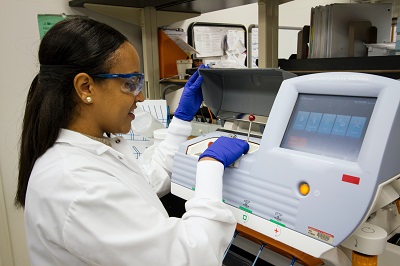Class C medical device registration with the Central Drugs Standard Control Organization (CDSCO) in India refers to the regulatory process for devices classified as high-risk under the Medical Device Rules (MDR) 2017.
Definition and Classification
- Class C Devices: These are medical devices that present a higher risk compared to Class A and B devices. They typically involve more complex procedures or have a higher potential for harm if they fail to perform as intended. Examples include life-supporting devices, critical implants, and certain types of diagnostic equipment.
Regulatory Requirements
- Compliance: Devices classified as Class C must comply with stringent regulatory requirements to ensure safety and efficacy.
- Documentation: The application process requires detailed technical documentation, including clinical evidence, quality management certifications, and compliance with international standards.
- Inspection: Manufacturers might need to undergo facility inspections to verify adherence to Good Manufacturing Practices (GMP) and other regulatory standards.
Purpose
- Safety and Efficacy: The primary goal of Class C registration is to ensure that high-risk devices meet the necessary safety and performance standards to protect public health.
- Regulation: This process helps regulate and monitor high-risk medical devices more rigorously due to their critical nature in healthcare.
In summary, Class C medical device registration with CDSCO is a comprehensive process aimed at ensuring that high-risk medical devices meet stringent safety, efficacy, and quality standards before being allowed for sale and use in India.

Contact Us:
Whatsapp or Wechat:+86 15816864648;email address:hito.lin@grzan.cn
.png)
.jpg)

.png)

.png)